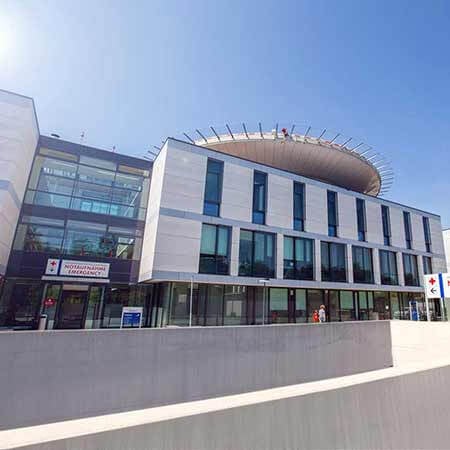About the disease
Spherocytosis is a hereditary disorder of the red blood cells membrane. Membrane in this case is the surface of red blood cells. In spherocytosis red blood cells become shaped as spheres, while normally they are shaped as flat discs. As a result, red blood cells are unable to pass normally through the spleen because of their shape. Overall, spleen is responsible for purifying the blood from all the harmful bacteria and dead tissue, that`s why it is important for blood to pass through it. As a result, a person with spherocytosis is at greater risk of different infections caused by bacteria. Also, a person with spherocytosis has red blood cells that has shorter life span. Normally, they live up to 120 days. In spherocytosis they break and die after 10 to 30 days. As a result, a person with spherocytosis can develop anemia. Nonetheless, it is rare for a person with spherocytosis to develop severe anemia. In most cases a person has either mild anemia or no symptoms of his/her disease altogether. In fact, many people with spherocytosis are not aware of their condition.
In some cases, there are too many red blood cells that break and die. In such case a person releases too much of a pigment, known as bilirubin, which then is passed through the bloodstream. Then, a person can develop a jaundice resulting in yellow color of the skin, or gallstones. The biggest complication of spherocytosis is blockage of gallstones, if there are too many of them in the gallbladder. As spherocytosis is a hereditary disease, it can manifest itself already in childhood.
Symptoms
- Paleness or jaundice
- Fatigue
- Pain in the upper abdomen in case a person has too many gallstones
- Muscle weakness
- Shortness of breath
- Mood swings
- Dizziness
Diagnosis
- During a general examination, the doctor will check the spleen to determine if it is enlarged. He will also ask if a person has felt fatigue and dizziness lately, which can be a symptom of anemia.
- A complete blood count is ordered to determine if a person has too many immature red blood cells, which can be an indicator of spherocytosis. Also, the blood is then examined under the microscope to determine if red blood cells are shaped normally.
- A bilirubin level test can also be ordered. Too much of this pigment is an indicator that red blood cells break down more often than normal.
Treatment
- Symptomatic treatment is used to alleviate the symptoms and treat anemia by vitamin therapy to reduce fatigue and boost stamina of a person.
- Splenectomy is a surgery used to remove the spleen. This way red blood cells of a person will live much longer as red blood cells will not be damaged in the spleen. This is the best way to treat anemia as well and to prevent gallstones.
Authors: Dr. Nadezhda Ivanisova, Dr. Vadim Zhiliuk










